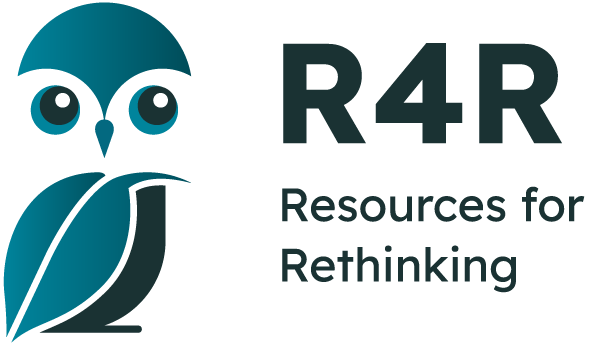- Home
- Tutorial
- Resource Guides
- Focus Areas
- LSF Programs
-
Professional
Development - Review Process
-
A project of LSF

Search for Resources
Description
This resource is part of a compilation of activities that enable teachers to integrate climate change research into their classrooms through fun, engaging and accessible learning experiences.
What are Marine Heatwaves? will allow the students to learn about the ways in which heat can be transferred. Through this activity the students will explore the three main methods of heat transfer (conduction, convection and radiation) and relate these methods to how heat is transferred from the atmosphere to the ocean.
The core activity includes three small simulations:
In the first, students will use a hand-warmer to present and example of the principle of conduction. In the second, they fill a jar with cold water and ice and introduce hot water dyed red to illustrate convection. And in the final activity a jar with ice is placed in a sunny location and observed to demonstrate radiation.
After each simulation, the students answer the discussion questions provided.
General Assessment
Recommendation of how and where to use it
The activities help demonstrate the processes of conduction, convection and radiation in the study of properties of matter, all the while making connections with climate change and its effects on our oceans.
The Discover Our Climate learning activities are designed for grades primary to six and focus on Atlantic Canada. Each activity encourages students to be curious and create solutions for the on-going climate challenges we face.
Relevant Curriculum Units
The following tool will allow you to explore the relevant curriculum matches for this resource. To start, select a province listed below.
- Step 1Select a province
- Alberta
- Step 2Select a grade level
- Grade 4
- Step 3Select a subject
- Science
- Step 4Relevant matches
- Earth Systems: Understandings of the living world, Earth, and space are deepened through investigating natural systems and their interactions.
- Grade 5
- Step 3Select a subject
- Science
- Step 4Relevant matches
- Earth Systems: Understandings of the living world, Earth, and space are deepened by investigating natural systems and their interactions.
- Grade 6
- Step 3Select a subject
- Science
- Step 4Relevant matches
- Earth Systems: Understandings of the living world, Earth, and space are deepened through investigating natural systems and their interactions.
- Living Systems: Understandings of the living world, Earth, and space are deepened through investigating natural systems and their interactions
- British Columbia
- Manitoba
- New Brunswick
- Newfoundland & Labrador
- Northwest Territories
- Nova Scotia
- Nunavut
- Ontario
- Step 2Select a grade level
- Grade 4
- Step 3Select a subject
- Science & Technology
- Step 4Relevant matches
- Life Systems: Habitats and Communities
- Grade 5
- Step 3Select a subject
- Science & Technology
- Step 4Relevant matches
- Earth and Space Systems: Conservation of Energy & Resources
- Prince Edward Island
- Quebec
- Step 2Select a grade level
- Grade 4
- Step 3Select a subject
- Science & Technology
- Step 4Relevant matches
- Living Things
- Grade 5
- Step 3Select a subject
- Science & Technology
- Step 4Relevant matches
- Living Things
- Grade 6
- Step 3Select a subject
- Science & Technology
- Step 4Relevant matches
- Living Things
- Saskatchewan
- Yukon Territory
Themes Addressed
Air, Atmosphere & Climate (2)
- Climate Change
- Weather
Ecosystems (1)
- Appreciating the Natural World
Food & Agriculture (1)
- Aquaculture
Land Use & Natural Resources (1)
- Fisheries
Water (1)
- Marine Environments

